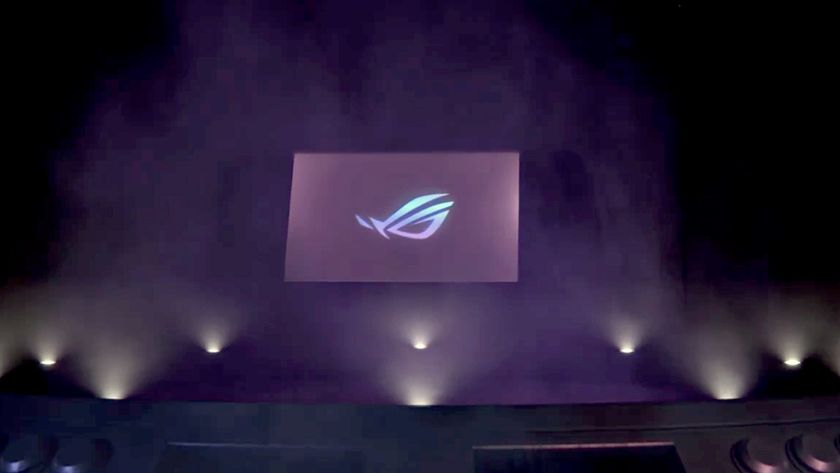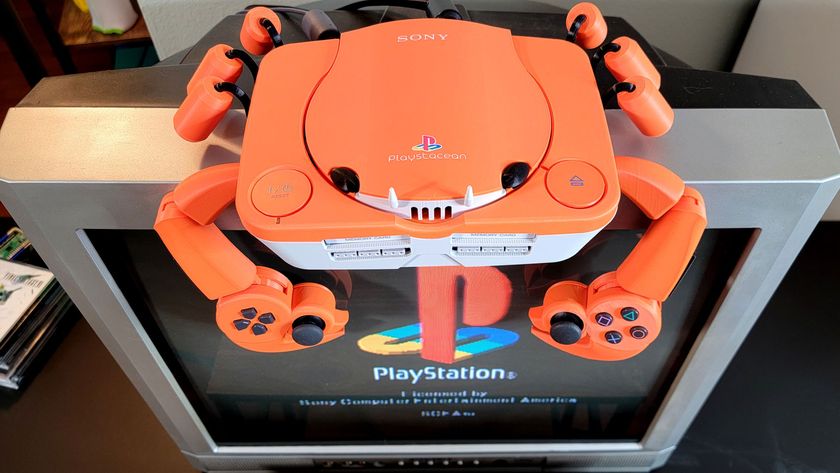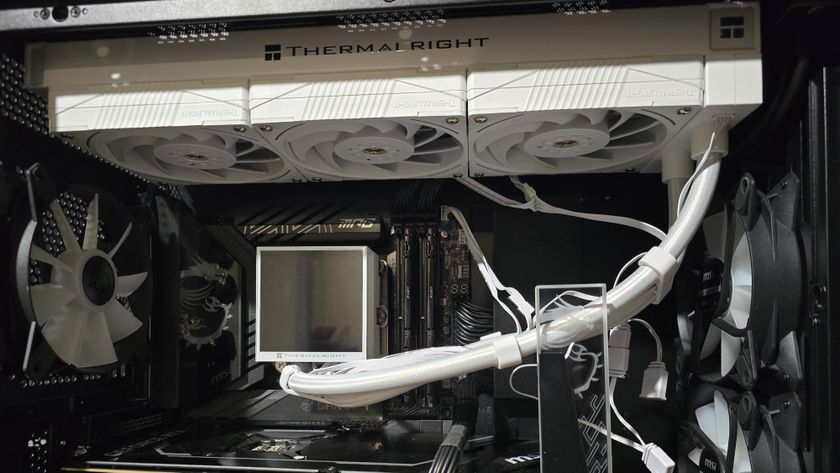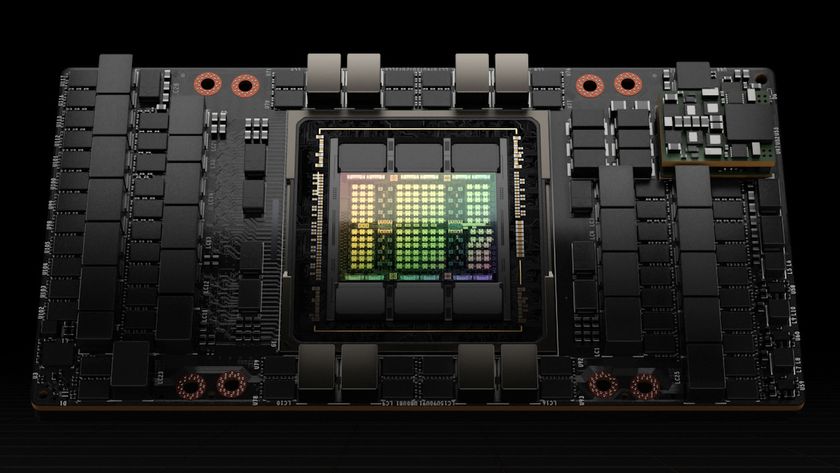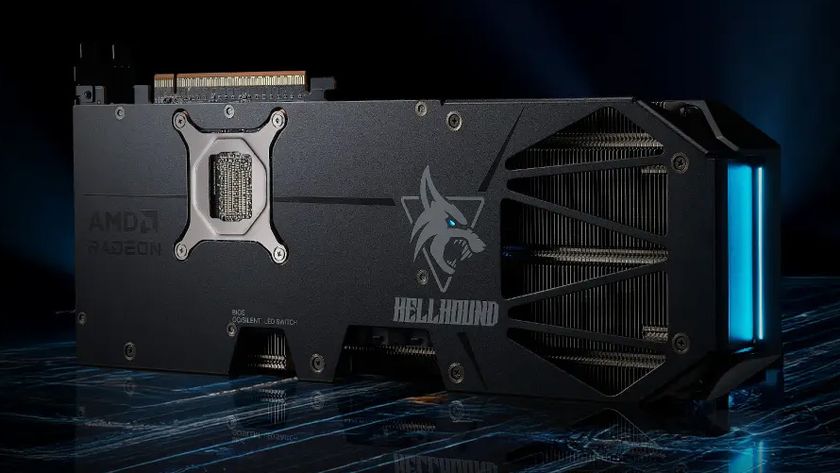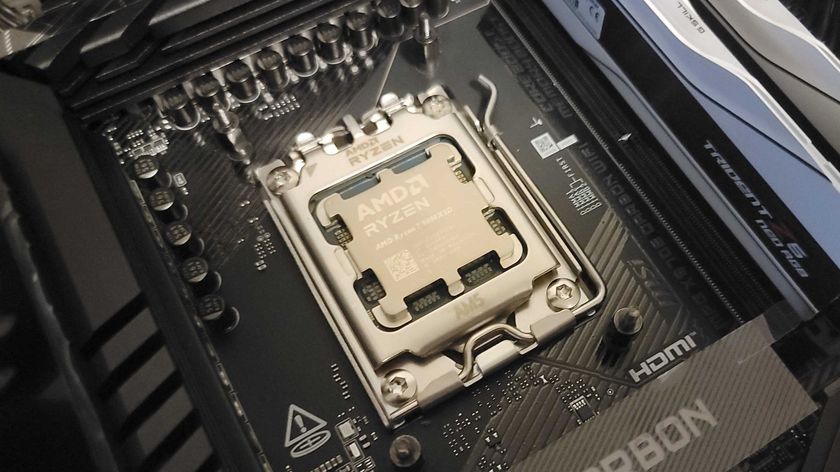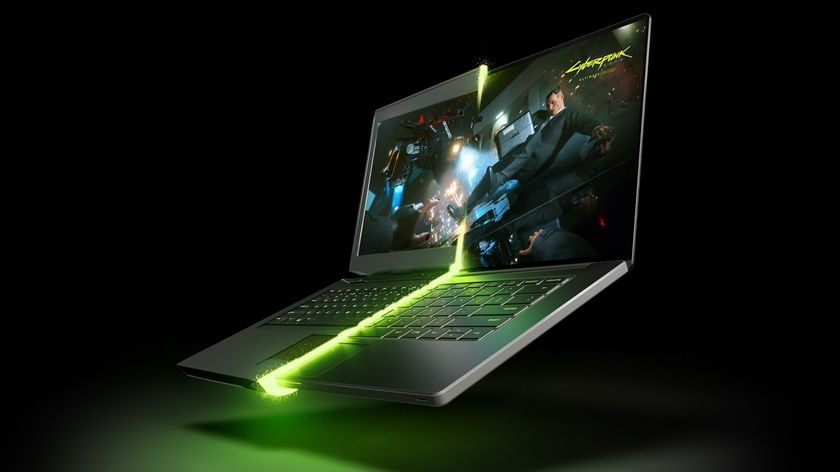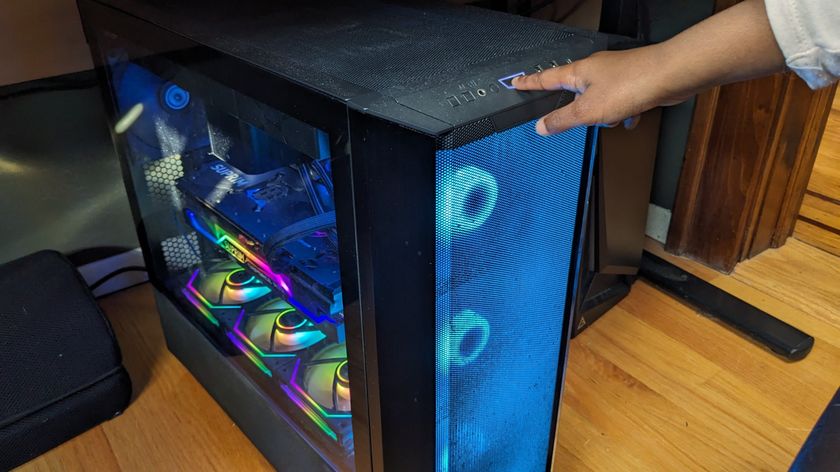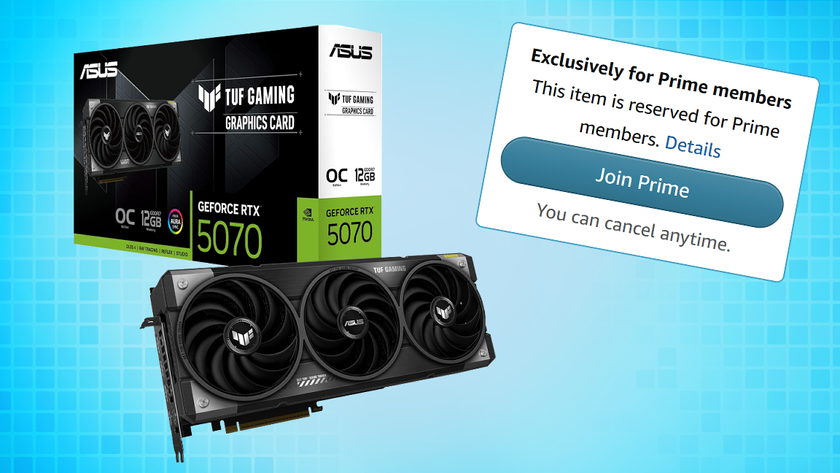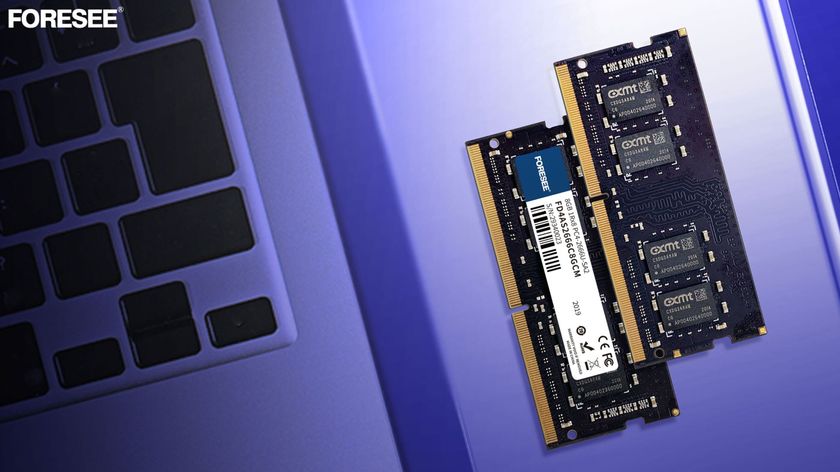Razer Forge TV: The Steam Machine And Android Console We've Been Waiting For?
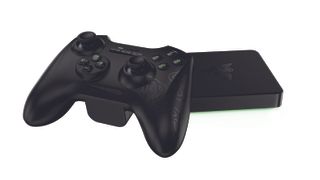
Razer may have built the living room gaming machine that the industry has been waiting for. Well, maybe.
Living room gaming has, of course, been dominated by Xbox and PlayStation consoles for years, but recently they've been challenged by both Android micro-consoles and Steam Machines. Those challenges haven't amounted to all that much of a threat, though. For as intriguing and inexpensive as Android gaming consoles are (such as the crowdsource darling Ouya), they really haven't caught on yet.
Meanwhile, the whole Steam Machine business is becoming somewhat of a debacle. It was just two years ago that CES was buzzing with news that Valve was creating SteamOS and a special controller, and every boutique system builder was lining up to get in on that action. SteamOS promised to be a lightweight operating system that would be dedicated to gaming on the PC via Valve's Steam service, but in your living room.
As it stands now, SteamOS is still in beta, and the Steam Controller is still being revised. But instead of waiting for Valve to get things tidied up, custom PC builders have just gone ahead and rolled out the PC/consoles that they created to run SteamOS. With respect to those custom builders, who have created some cool-looking systems, the result has been a slew of non-SteamOS Steam Machines on the market and a lot of disappointment from consumers.
Forge TV
Bravely, Razer has endeavored to create a product called Forge TV, which promises to offer much of what Android microconsoles and Steam boxes were supposed to.
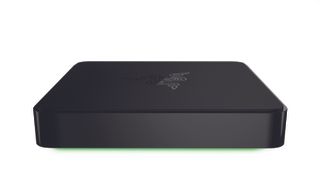
Forge TV, which Razer developed in collaboration with Google, has a few facets. The simplest aspect of the device is that it allows up to four players to play Android games from Google Play on your TV, in Full HD. It also lets you run apps on your TV, such as YouTube, Hulu, etc. Forge TV also features Google Cast support, so you can send content to the console from your mobile device, or access Forge TV via mobile devices, Windows PCs and Chromebooks. In other words, Forge TV can basically do everything Android TV does, and more.
Under the hood, it has mobile DNA, running on a Qualcomm Snapdragon 805 chip (comprised of a quad-core Krait 450 CPU clocked at 2.7 GHz per core and an Adreno 430 GPU), 2 GB of RAM, and a (seemingly inadequate) 16 GB of onboard storage. It also offers Bluetooth 4.1 + HS, 802.11ac 2x2 WiFi and gigabit Ethernet for connectivity, plus USB 3.0 and HDMI 1.4 out ports. The little box measures just 4.1 x 4.1 x 0.7 inches (W x D x H).
Stay On the Cutting Edge: Get the Tom's Hardware Newsletter
Get Tom's Hardware's best news and in-depth reviews, straight to your inbox.
Razer Cortex: Stream
That's certainly enough oomph to run Android games, but the bigger fish for Razer here has to do with the companion software, an addition to Razer's Cortex platform called "Razer Cortex: Stream." This is really the killer application for this whole platform, as it allows you to stream content from your PC to your TV via the Forge TV.
And by "content," we mean your entire gaming library. That includes games installed locally on your gaming rig, as well as Steam games, Uplay, Battle.net and more. Razer claims that the streaming performance is lag-free, with ultra-low latency. It supports both AMD and Nvidia graphics, all DX9 (and later) titles, and outputs up to 1080p — it's perhaps worth noting here that the Snapdragon 805 is actually capable of handling 4K; Qualcomm even markets the chip as "the 4K Ultra HD processor."
The software is designed to easily switch between host PCs, so you can share Forge TV with multiple PCs in the house. Minimum specs for those PCs includes a dual-core CPU and HD 5000 or GTX 580 graphics.
Razer's whole idea here is that most PC gamers already have a "bedroom gaming system," so they don't want to drop $500 or $600 on another system for the living room, too — which is kind of a good point.
Razer Cortex: Stream will be free, and available in beta form sometime in Q2 2015 — which is likely a few months after the Forge TV itself will land on the market.
The Peripherals: Serval And Turret
Being able to play all these games in your living room requires a controller, or a mouse and keyboard. Fortunately, Razer is also introducing all three of those peripherals to go along with Forge TV.
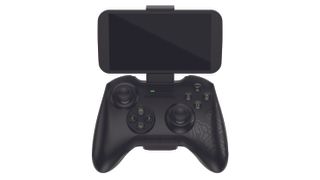
The "Razer Serval" is a controller that not only works with the Forge TV, but also with Android devices with the addition of a game clip on top of the controller. For the most part, Serval has the same features as, and looks similar to, Razer's previous controller, the Sabertooth.
With Serval being the primary controller for Forge TV, it includes media buttons such as play, pause, back and forward, as well as home and back buttons for your Android device. Users can play wirelessly with its Bluetooth 3.0 connection or with a 1.5 mm micro USB to USB connection.
For those who want to stick to the old keyboard and mouse combo, there is the Razer Turret lapboard, which the company claims to solve the problem of PC gaming from the living room couch by providing a keyboard, mouse and mousepad on the same surface, which can be played from a distance of 10-15 feet.
The keyboard features chiclet-style keys and allows up to 10 simultaneous key presses. It is powered with a 1500 mAh Li-Po battery, and according to Razer, if used for an average of five hours per day, it can last up to four months due to its Bluetooth low energy connection. The keyboard also features buttons specifically for Android devices as well as a quick launch button for Cortex.
The included mouse is ambidextrous and has a 3500 DPI laser sensor, and with its 1000 mAh Li-Po battery, Razer claims the mouse can last up to 40 hours. The mousepad attached to the keyboard has a small magnetic attraction with the mouse that prevents the mouse from slipping from the mousepad.
Because the mouse and keyboard are individually paired, any type of Bluetooth mouse can be used with the keyboard, but the magnets on the mousepad will only work with the mouse that comes in the box.
Cautious Optimism
In terms of pricing, Razer's new lineup seems pretty reasonable. Just like the Ouya, Forge TV will only cost $99, and it's set for release sometime in Q1 of 2015. The Serval is also expected to arrive around the same time and will cost $79.99. The Turret will land around the same time as Cortex: Stream and has a price tag of $129.99. Customers can also buy Forge TV and Serval as a bundle for $149.99. The Cortex: Stream is free with any purchase of the Forge TV and Serval bundle, the Serval controller or the Turret lapboard — otherwise it will cost $39.99.
On paper, Razer is spot on with the whole Forge TV platform, and this bag of tricks addresses the shortcomings of both Android gaming consoles and the not-quite-ready SteamOS platform. In practice, we'll withhold judgment until we can spend time testing the whole thing ourselves, but either way, Razer believes it has something amazing here.
Follow Seth Colaner @SethColaner. Follow Rexly Peñaflorida II @Heirdeux. Follow us @tomshardware, on Facebook and on Google+.
-
airborn824 Actually the Wii dominated the living room for a long time. I think this is a good idea and a good direction I personally would not buy it because i do not trust RAZER quality control. But as for the idea, they push the envelope and i hope other quality companies will follow.Reply -
CraigN ReplyActually the Wii dominated the living room for a long time. I think this is a good idea and a good direction I personally would not buy it because i do not trust RAZER quality control. But as for the idea, they push the envelope and i hope other quality companies will follow.
Surprisingly, most of their higher end products tend to actually be high quality. I think if I had to pick any of them to be the "weakest" department, I'd say their headsets for a variety of reasons. My Tiamat 7.1 has a crappy mic, my friend had to RMA his Kraken 7.1. However my Blackwidow and Naga Epic have been invincible. I'm excited to see what they do with this, because like you said, they definitely push the envelope, even if they aren't successful.
-
airborn824 ReplyActually the Wii dominated the living room for a long time. I think this is a good idea and a good direction I personally would not buy it because i do not trust RAZER quality control. But as for the idea, they push the envelope and i hope other quality companies will follow.
Surprisingly, most of their higher end products tend to actually be high quality. I think if I had to pick any of them to be the "weakest" department, I'd say their headsets for a variety of reasons. My Tiamat 7.1 has a crappy mic, my friend had to RMA his Kraken 7.1. However my Blackwidow and Naga Epic have been invincible. I'm excited to see what they do with this, because like you said, they definitely push the envelope, even if they aren't successful.
Very interesting, as i work part time at Best Buy and see a lot of warranty returns on the keyboards and mice. I myself was give and OUraboras , or how ever it is spelled, and i have had nothing but issues from it. Seveal people i know at both jobs have switched back to Logitech and eve now Duuky. Hope you continue good luck with Razer and that they keep pushing the PC gaming market to new heights with Valve. -
CraigN Good to know. Been curious about what returns are like. I feel like they have some products they build very durably, and then their less sold products definitely have some quality control issues. So I suppose I would amend my statement to say they have *some* high quality products, but uneven quality control. I hear very few complaints about Deathadders, Nagas and BlackWidows.Reply -
rocktober I applaud the effort, but it's already possible to stream PC games at 1080p with Amazon FireTV and the Limelight app. Xbox controllers can plug into the FireTV and work great. You just need a PC with an Nvidia card.Reply -
TechyInAZ I like it, I would buy that over amazon fire TV in a heart beat.Reply
Streaming sounds interesting, I would like to know how it compares to Valve's In House Streaming. -
BulkZerker Here I was hoping for a snapdragon 810 and twice the ram. 805 isn't a slouch though. It runs on my OpO like a scalded dog. The low ammount of onboard troubles me though. More because larger storage means more men chips, and more channels, which means a lot more speed from The storage.Reply -
RedJaron Very interesting stuff here. Definitely truth in the points that people don't want to spend extra money on computers for every room so streaming it around can be a great solution. And these are surprisingly low prices compared to what Razer usually charges for their hardware.Reply
I echo Craig in that my Orbweaver has been excellent for over a year. But I also hear enough of other devices failing that I can't discount Airborne either. I wouldn't mind trying a Razer mouse to experiment with Synapse's cross-device features, but I've been die-hard Logitech mice for years and would have trouble adjusting to another mouse shape. -
fuzzion I trust their mouse and mouse pads. Not so much the KB. Less on their headsets and even less on others.Reply
Logitech KBs are the best though. I have been abusing mine for 3 years until some of keys started to fail on me due to "sticky" substances landing inbetween the keys.,
-
Bloob I still find very few reasons to get an Android -console. I guess the streaming aspect could be great for local mp (but I have a Wii U for that).Reply
SteamOS is starting to piss me off with the time it's taking in getting to market.
